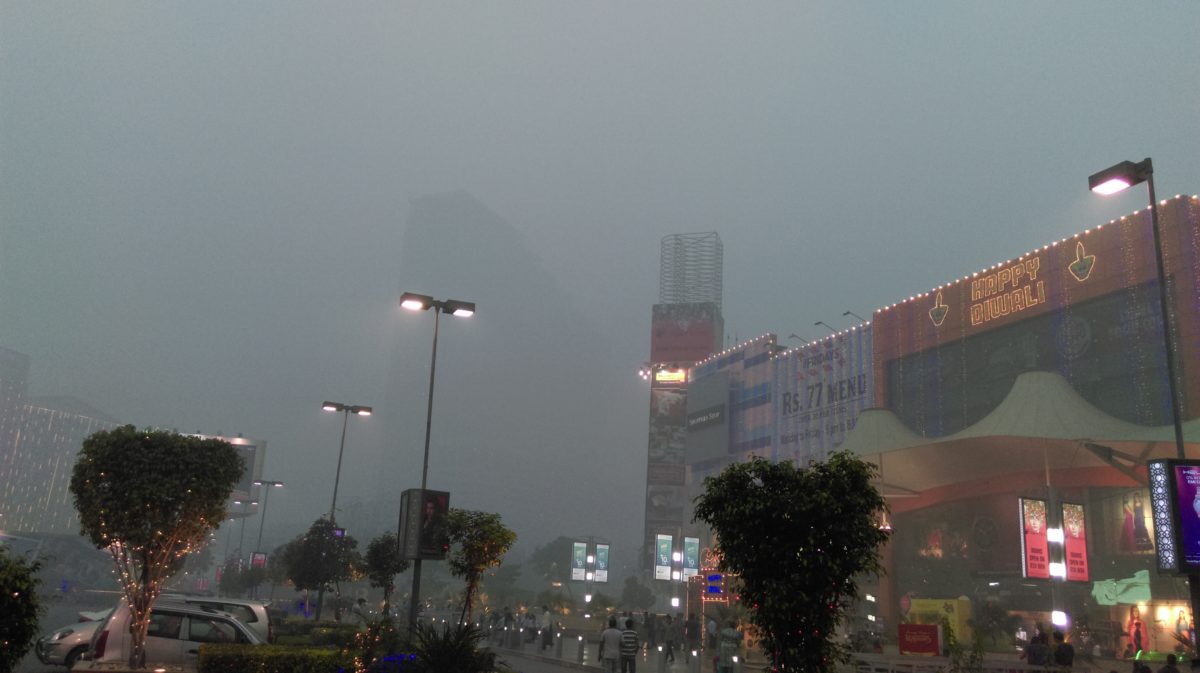Delhi can transition towards 100% renewables in a cost-optimal and economically beneficial manner by as early as 2050, according to a study by researchers from Finland’s LUT University (Lappeenranta-Lahti University of Technology).
The authors modeled the cost-optimized transition pathway for the energy system of Delhi in a Best Policy Scenario (BPS) across North India. The energy system taken into consideration includes the power, heat, transport, and desalination sectors.
According to the study, Delhi will derive nearly 80% of its electricity from solar PV prosumers by 2050 as solar PV emerges as the least-cost energy source. [Prosumers are both consumers and producers of electricity, mainly through rooftop solar PV across residential, commercial, and industrial settings, which includes battery storage.] Further, imports from the regional grid constitute over 70% of the electricity for Delhi from 2035 to 2050. Utility-scale and prosumer batteries contribute a major share of electricity storage capacities.
The report states that the levelized cost of energy (LCOE) in 2050 is increasingly dominated by capital costs as fuel costs continue to decline through the transition period. The regional weighted average for the LCOE is around 28 euros/MWh by 2050.
Given Delhi’s limitations in terms of land availability, it continues to get its power from the Northern region. It is expected that Jammu and Kashmir, Ladakh, Himachal Pradesh, Punjab and Chandigarh, Uttarakhand, Haryana, Delhi, Rajasthan, and Uttar Pradesh are interconnected with optimized transmission networks.
Delhi’s power demands shot up to over 7 GW in July 2022. The demand is expected to go up from 2,000 TWh in 2020 to around 4,400 TWh by 2050. The adjoining states emerge as new exporters of low-cost renewable electricity, which can economically boost the states and also create much-needed jobs.
A recent announcement by the Delhi Pollution Control Board indicated that starting January 1, no coal will be permitted for use in 2023 although this does not cover thermal power plants. This was mainly to curb air pollution. The Delhi Government also recently announced its intention to become the rooftop capital of the country by 2030 and achieve 50% solar rooftops towards this.
“While this is encouraging and in the right direction, our study shows that the Government needs to be more ambitious given the potential and the co-benefits in terms of reduced costs, GHG emissions, and reduced air pollution that the capital has been grappling with for over a decade and a higher number of jobs. This is the time for transformative change and Delhi has the opportunity to drive the energy transition across North India,” said Dr Manish Ram, one of the authors of the study.
This content is protected by copyright and may not be reused. If you want to cooperate with us and would like to reuse some of our content, please contact: editors@pv-magazine.com.









By submitting this form you agree to pv magazine using your data for the purposes of publishing your comment.
Your personal data will only be disclosed or otherwise transmitted to third parties for the purposes of spam filtering or if this is necessary for technical maintenance of the website. Any other transfer to third parties will not take place unless this is justified on the basis of applicable data protection regulations or if pv magazine is legally obliged to do so.
You may revoke this consent at any time with effect for the future, in which case your personal data will be deleted immediately. Otherwise, your data will be deleted if pv magazine has processed your request or the purpose of data storage is fulfilled.
Further information on data privacy can be found in our Data Protection Policy.